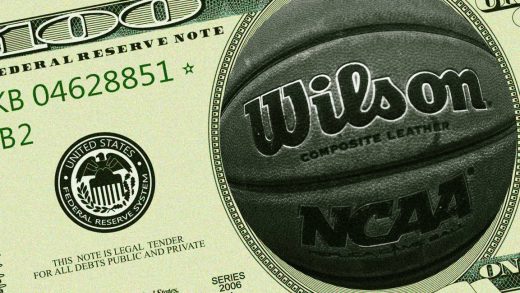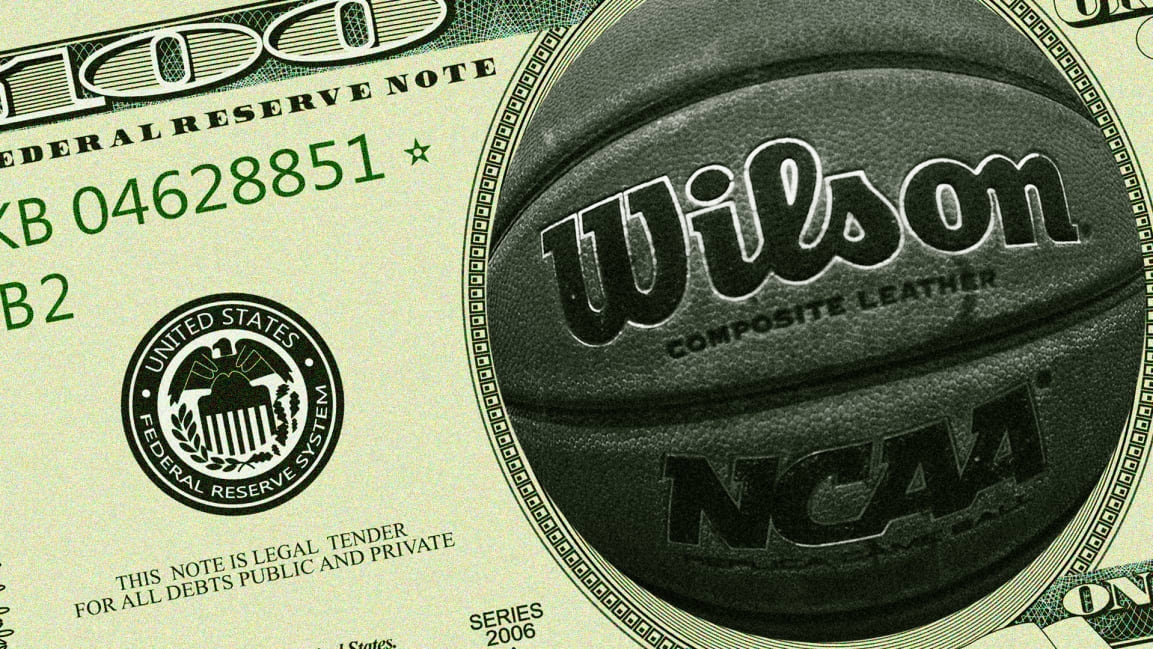March Madness 2020 was supposed to be happening right now. Instead, schools are out $375 million
Turns out March Sadness has a price tag: $375 million. That’s how much it cost the National Collegiate Athletic Association to cancel March Madness this year.
The widely viewed Division I men’s basketball tournament is a huge moneymaker for the NCAA, generating nearly 80% of the nonprofit’s revenue. In March, officials called off the marquee event amid COVID-19 concerns, and that decision is now having a ripple effect on hundreds of colleges across the country that receive funding from the NCAA.
While the NCAA had planned to distribute $600 million to its 350 Division I member schools this year, that number has dropped to $225 million, the group said Thursday.
NCAA cash is the lifeblood of many college athletic programs, most of which are unprofitable on their own. Basketball and football programs are typically most lucrative, but sports such as swimming and softball rely heavily on contributions, and with this year’s decrease they could see cuts to roster sizes and coaching salaries.
The Athletic paints an even grimmer picture, forecasting that “the massive cut will affect Division I athletics departments in myriad ways, likely starting with staffing reductions or salary freezes and eventually causing schools to reduce scholarships and potentially cut sports entirely.”
While schools with major football programs—those that compete in Big Ten and Southeastern conferences under multi-billion-dollar television deals—will weather the drop in funds more smoothly, schools that compete in mid-major conferences without the flash will be dealt a bigger blow. And the cost of the coronavirus pandemic is adding up for colleges: As many schools have closed early, they’ll likely have to refund student tuitions and grant an extra year of eligibility to spring season athletes.
Today would’ve been Day One of the Elite Eight games had March Madness played on. Instead, the world of college sports is now facing a future of financial uncertainty. Let’s pour one out for what could’ve been.
(14)



